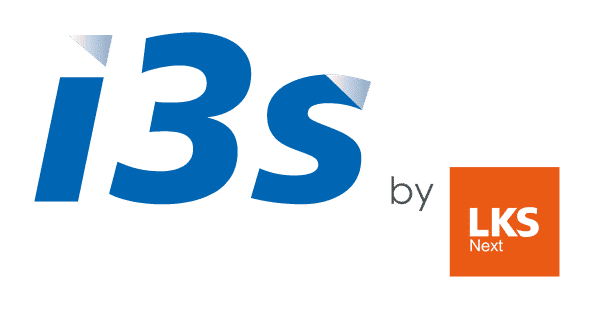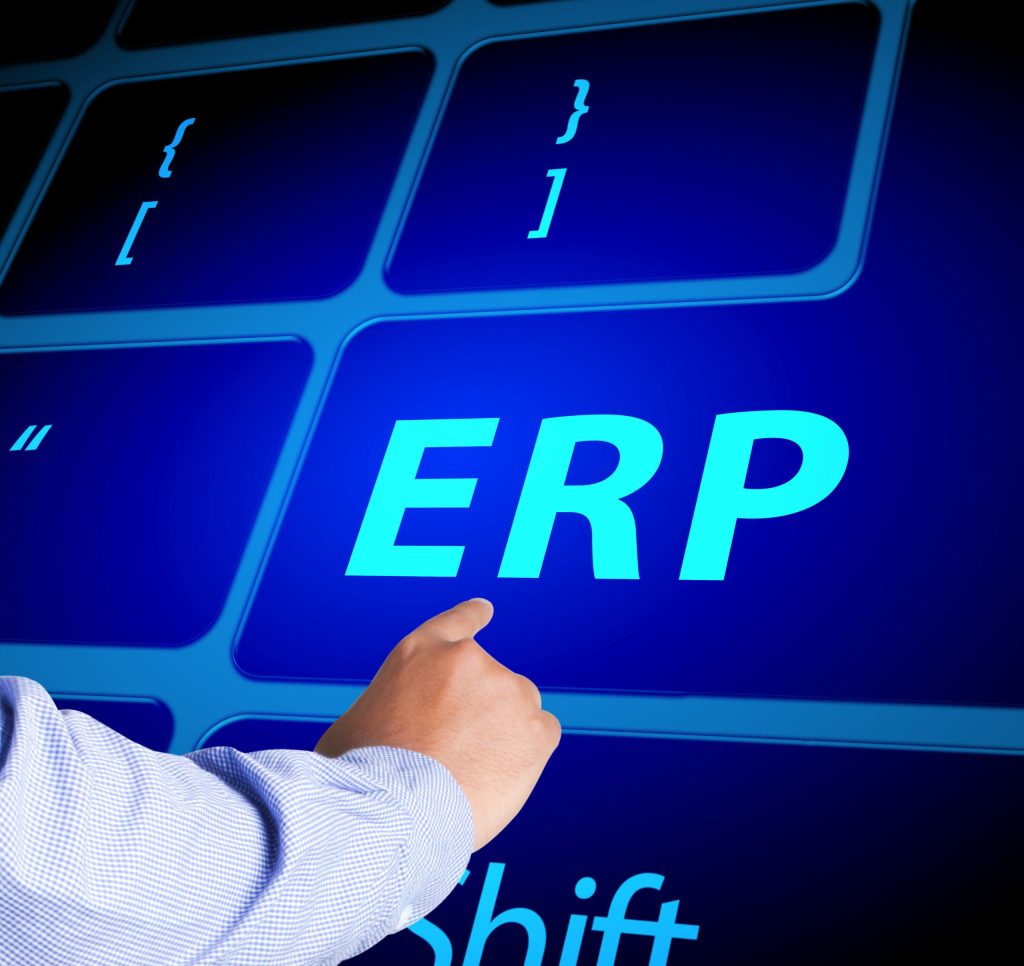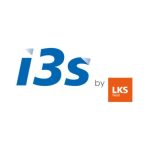Marketing Comunicación i3s
In Spain, as in many other economies, SAP has positioned itself as a leading brand in the ERP market. ERP. Its unified solutions, capable of integrating all types of business processes and functions, are synonymous with flexibility, scalability and customization.
However, it is not the only ERP currently used by organizations in our country. Companies choose the type of ERP depending on their size, sector and strategic objectives. Also weighing other advantages such as the cost of acquisition and maintenance or the technical service provided.
Most used ERP types
These are some of the most representative examples of ERP used in Spanish companies ERP used in Spanish companies:
Global ERP “full–suite”
They are common in large corporations and SMEs in the process of expansion and growth. A good example is SAP Business One / SAP S/4HANASAP S/4HANA adds in-memory processing and real-time intelligence, with functionality that can be used by finance, purchasing, sales, inventory, production, HR and analytical reporting teams.
According to Cloud Management and its ERP Spain 2025 RankingSAP is the most widely used ERP software globally “to automate all the processes of a company, such as accounting, costs, sales, marketing, production processes, stock and suppliers, among others”. In Spain, SAP Business One is used, “popular for being very complete”. Isvisoft also ranks SAP among the best ERP in Spain.
Other ERP that could be included in this same category is Microsoft Dynamics 365 Business Central, which can be perfectly integrated into Microsoft ecosystems.
Cloud ERP (Cloud ERP) native ERP
They are common in SMEs operating in specific sectors. One example is Oracle NetSuite, a ERP fully in the cloud with modules for finance, CRM, inventory, production, projects and supply chain. These types of options are common in companies that want scalability without investing large amounts of money in technology infrastructure.
Sector and regional ERPs
Sage ERPs (CuentaPlus, Sage 50, Sage 200, Sage X3) adapted to the Spanish environment are common in Spanish companies.
Open source / community-based ERP
Perhaps the most in demand is Odoo, an open modular platform.–source platform with thousands of apps for accounting, sales, HR, inventory, CRM, projects, etc., especially interesting in the case of freelancers or micro SMEs that need a simple and economical system.
We could point out that companies in Spain opt for comprehensive ERP like the one offered by SAP for total coverage. Although the choice depends on the complexity of the business, scalability and digital transformation strategy.
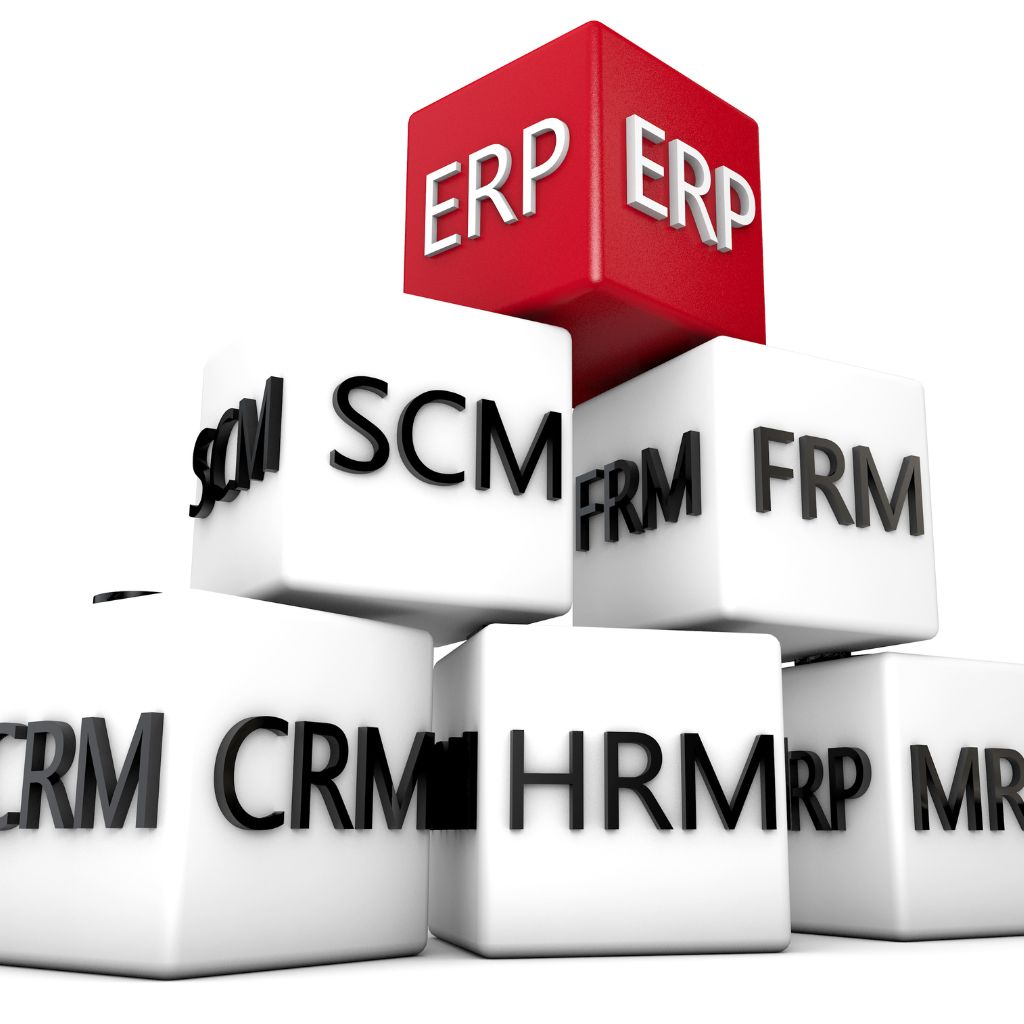
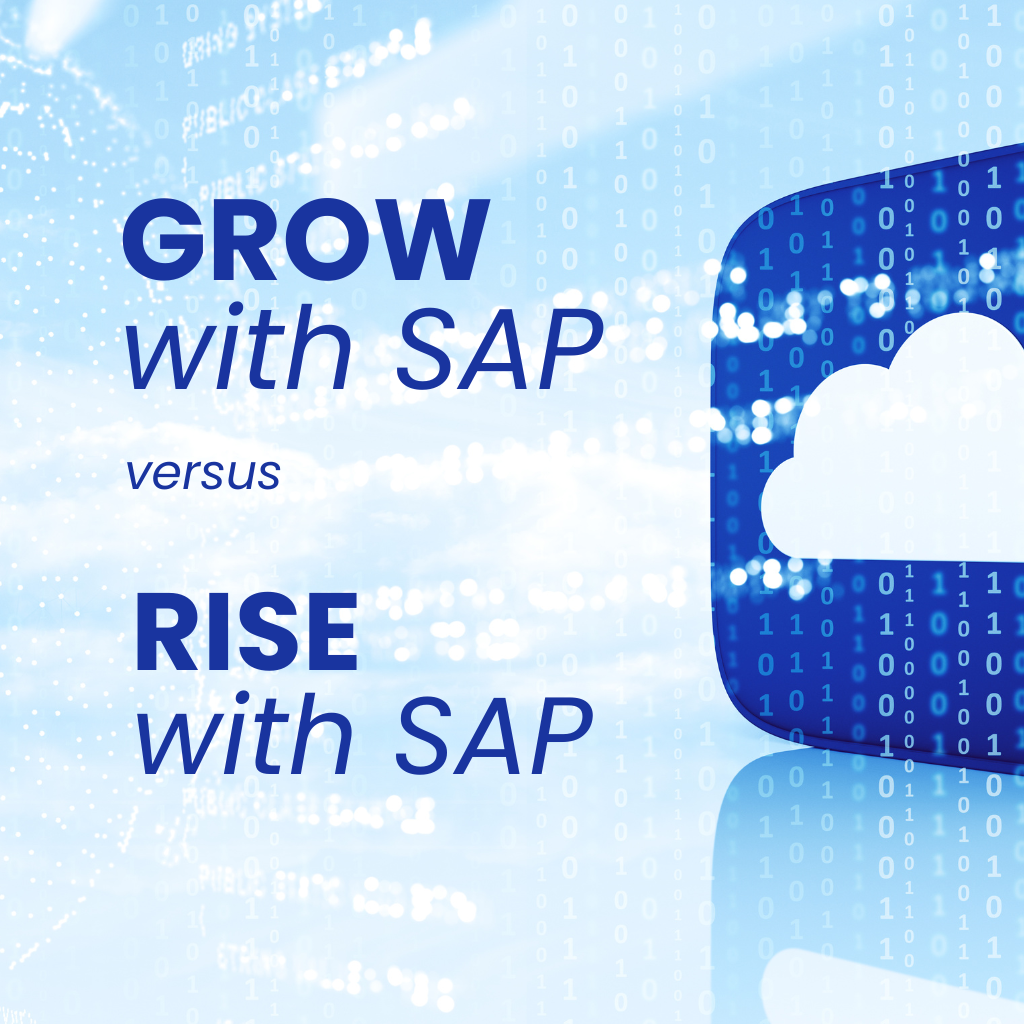
Criteria for choosing the ideal ERP for your company
To choose the ERP that best suits your company, you should take into account the following essential criteria:
- The cost of the ERP, both the initial cost and the cost of maintenance, updating and support ….
- ERP functionality: does it cover all processes and areas of your company according to your needs and objectives?
- ERP compatibility with other business systems or applications.
- Compliance with the rules and regulations of the markets in which you operate.
- The availability of the ERP as a cloud or on-premise solution and the level of security, privacy and data protection.
- The type of technical support and customer service.
In short, the degree of efficiency, profitability, competitiveness and satisfaction that you will get with the acquisition of an ERP for your company an ERP for your company.
However, even more important from my point of view, is to have in your team talents adaptable to technologies and changes: the right people can learn to use any tool.
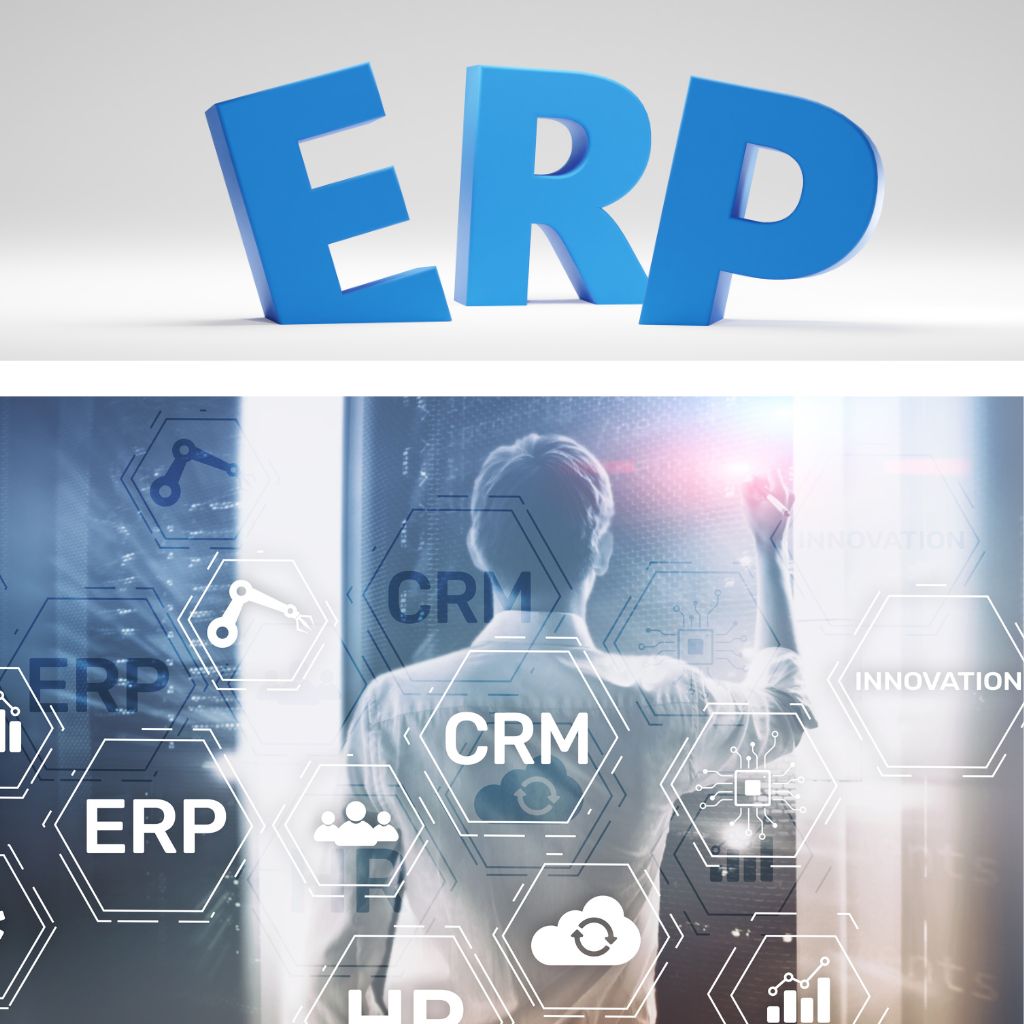
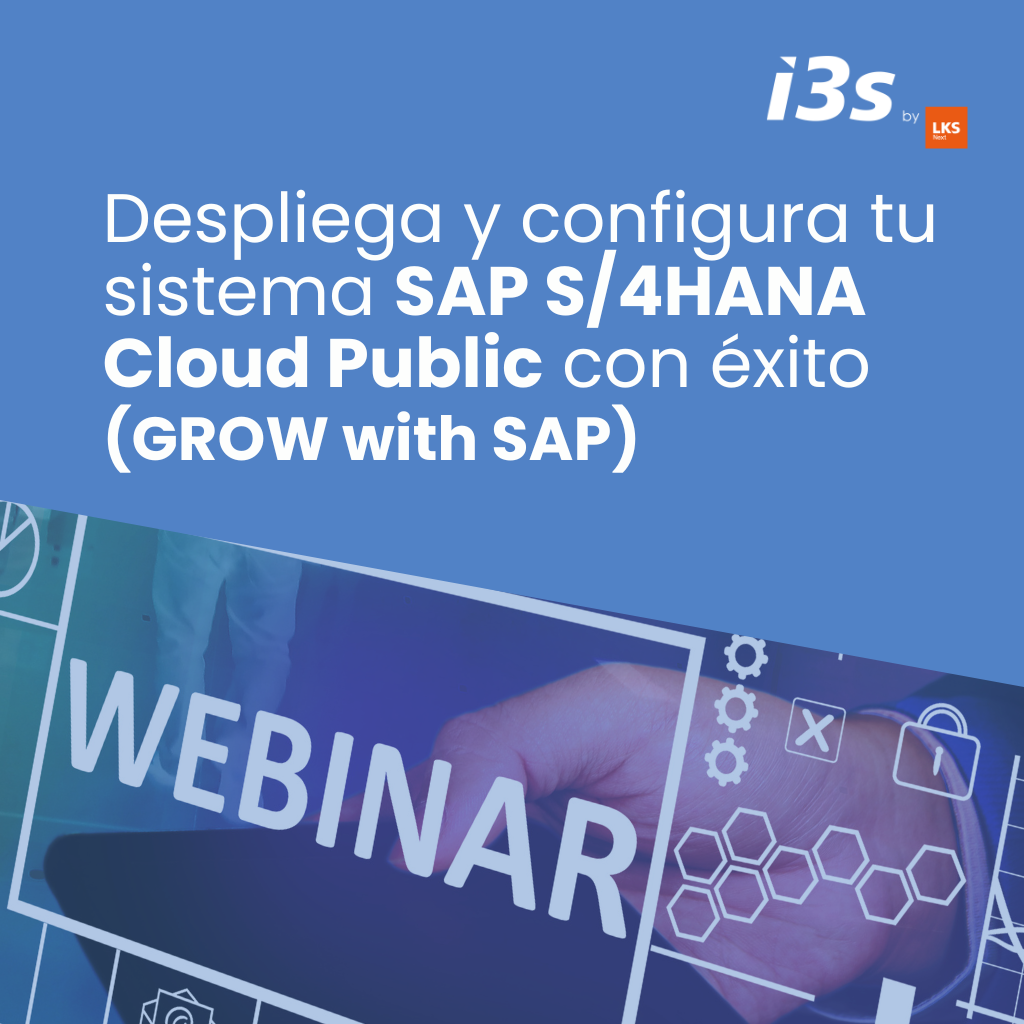
More use of ERP but little ability to take advantage of it?
The percentage of companies using ERP software tools to share purchasing/sales information with other areas of the company in 2023 was 57% of those with 10 or more employees and 13.3% of micro-SMEs, according to data from the National Statistics Institute (INE).
More and more companies are choosing to incorporate the use of ERP tools into their business processes, i.e. software for resource management, which integrates and manages business functions on a single platform, as indicated in the latest Ontsi’s latest SME Digitalization Report of Ontsi.
It also shows that, in 2023, the number of companies using ERP grew in all segments by size and sectors of activity compared to 2021. And the sectors that most increased the overall percentage of companies using ERP tools were Information and communications and Professional, scientific and technical activities.
According to a new study by the Spanish Chamber of Commerce’s Business Competitiveness Observatory85% consider their level of digitalization to be medium or high, and half (50.7%) believe it has improved since the 2020 health crisis.
However, this increase in investment in management systems does not correspond to other data that should grow in parallel.
According to the sixth edition of the report on the digitalization of Spanish companies The UGT report, despite the progress of the still timid incorporation of AI and the cloud in business ecosystems, Spanish organizations still do not stand out in technological investment, ranking at the bottom of Europe according to Eurostat data. The report includes data from IONOS on the causes of this deficit: costs, inflation, lack of time, and lack of knowledge lead the list of reasons given.
The fact is that the number of professional profiles with ICT expertise in Spain has reached a plateau. Moreover, the percentage of companies that provide training in this area is tiny, as is the percentage of companies that employ ICT specialists compared to the rest of Europe.
On the other hand, he highlights the fact that many companies are investing in new technologies and digitization to reduce costs and not to take advantage of the lever of change that innovation ƒy transformation entails.
In fact, an article published in Funcas in 2023 noted that “in the countries of the South, including Spain, and the East, digitalization is inserted in companies with low organizational capital, which take advantage of it to reinforce the hierarchical control of management over workers. As a result, digitalization does not find the most favorable conditions for increasing the productivity of companies to their full potential.
*Pilar Rivera-Torres and Vicente Salas-Fumás, Business Digitalization, Profitability, Technological InnovationCuadernos de Información Económica, N.º 292 (January-February 2023)
An ERP for strategic decision making
Most of the aforementioned solutions integrate AI into their systems in order to radically transform their functionalities. Not only in diversity, but also in quality. In fact, AI is boosting the ability of ERPs to help organizations make strategic decisions by providing these systems with predictive, prescriptive and automated capabilities.
Thanks to the advanced analysis of large volumes of data in real time, AI makes it possible to anticipate business scenarios, identify hidden patterns and generate proactive recommendations that support better and more agile decisions.
Functions such as predictive demand analysis, dynamic supply chain optimization, financial anomaly detection or intelligent talent management significantly improve the accuracy and timeliness of business decisions.
In addition, virtual assistants and cognitive automation reduce the operational burden, freeing up key resources for tasks of greater strategic value.
Not only that, but many of these ERPs incorporate machine learning machine learning technology to learn from business behavior and continuously improve their recommendations, favoring decision making based on data and not just intuition.
In summary, AI makes ERP an intelligent and evolutionary tool, capable of anticipating change, enhancing innovation and reinforcing the organization’s competitive advantage in highly dynamic and complex environments by unifying financial, operational, logistical, commercial and human resources information and increasing its analytical capacity through business intelligence tools. business intelligence business intelligence tools.
Marketing and Communication i3s
